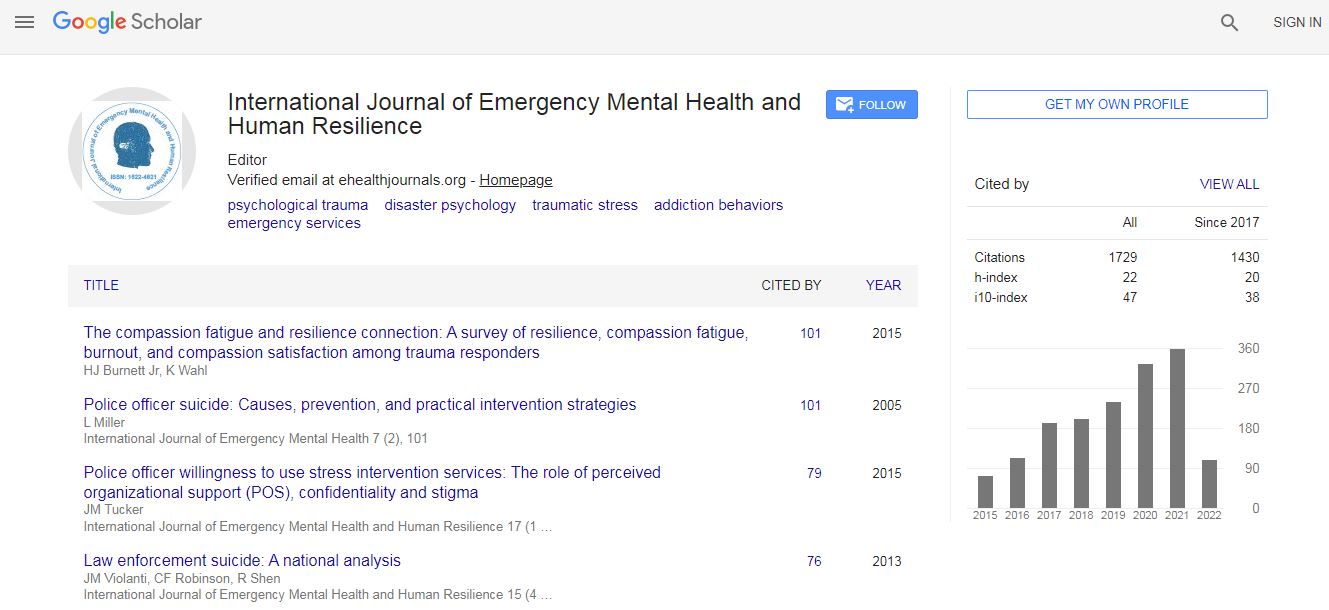Research Article
Chlamydia trachomatis Related Knowledge and Practices in Medical Practioners - A Survey
Shahkamal Hashmi2, Syed Imtiaz Ali3, Farzeen Tanwir1*, Taiba Yousuf Shamsi4, Farrukh Rafiq Ahmed5 and Kelash Rai6
1Post doctorate, PhD, MPhil (KI,Sweden), C.Orth (USA), BDS Director of Post graduate Studies and Research, Associate Professor and HOD, Department of Periodontology, Ziauddin University, Pakistan
2MBBS,MD,MPH, Senior lecturer, Dow University of Health Sciences, Pakistan
3MBBS, FCPS, FRCS, Assistant Professor of Surgery, Ziauddin University, Pakistan
4MBBS, Researcher, Ziauddin University, Pakistan
5Pharm D, MSC, Assistant Professor, Ziauddin University, Pakistan
6MBBS, Resident, medical officer, Jinnah Hospital, Pakistan
Abstract
Suicide is an adverse event that can occur even when patient are hospitalized in psychiatric facilities. This study delineates the demographic characteristics of suicide attempts in mental hospitals and psychiatric wards of general hospitals in Japan, a country where the suicide rate is remarkably high. Analyses of incident reports on serious suicide attempts in psychiatric inpatients were performed using prefectural incident records between April 1, 2001, and December31, 2012. Suicide reports were included for 35 incidents that occurred over 11years, and demonstrated that 83% of patients (n=29) committed suicide and 17% (n=6) survived their attempt with serious aftereffects, such as cognitive impairment or persistent vegetative state. The male/female ratio of inpatient suicide was 1.5:1. The mean age of the attempters was 50.5 years (SD = 18.2). The most common psychiatric diagnoses for those with suicide incident reports were schizophrenia spectrum disorders (51.4%) and affective disorders (40%). Hanging (60%) was the most common method of suicide attempt, followed by jumping in front of moving objects (14.3%) and jumping from height (11.4%). Fifty-four percent of suicides (n=19) occurred within hospital sites and the remainder (46%; n=16) occurred outside hospital sites (e.g., on medical leave or elopement) while they were still inpatients.

 Spanish
Spanish  Chinese
Chinese  Russian
Russian  German
German  French
French  Japanese
Japanese  Portuguese
Portuguese  Hindi
Hindi 